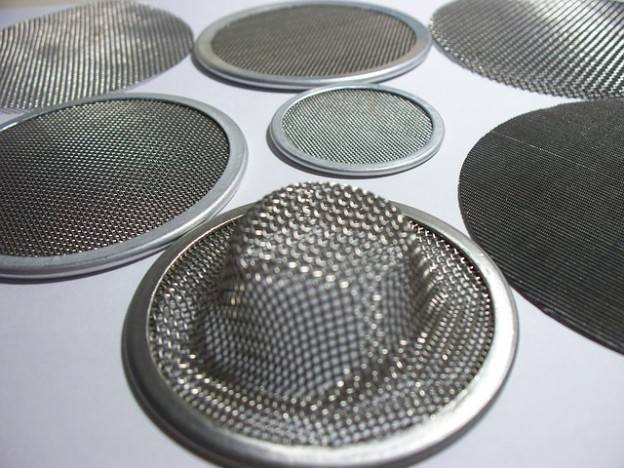Fuel economy is a constant factor both for motorists and large research facilities. The increase fuel price make it necessary to search for efficient methods, which can help save money. An average car may have an annual mileage of several thousand miles. In term of fuel expenses, it is quite an amount which may be costly for any budget, be it a small business or a family. The internet has a wealth of information on fuel economy, and this is an attempt to look at them in more detail.
In modern European vehicles, nominal and actual fuel consumption are practically identical, which cannot be said about older vehicles. Those consume a lot more fuel. In real numbers, European cars consume 4 to 6 liters of petrol per 100 kilometers even in city traffic.
Hydrogen and Brown gas. If gasoline is used together with cheap alternative fuels, economy is very real. At this time many vehicle manufacturers are researching ways to develop electrolytic generation of hydrogen. Such devices are called Brown gas generators or hydrogen generators. They generate not the dangerous H2, but a more safe compound, called Brown gas, HHO, made in catalytic electrolysis cells. The gas is then injected with fuel and air into the cylinders, saving fuel. This is due to the reduction of the amount of fuel mix fed into the cylinders and intensification of the combustion process. All processes from generation of gas to optimization of the mix are completely automated and are managed by a single processor.
Water-gasoline emulsions. First experiments in saving fuel by forming water-fuel emulsions began in the 1970s. This is when the research into increasing economy by injecting water into the cylinder along with the fuel. Back then there were no electronic control systems reliable enough to commercialize the technology. With time, the process was automated. Such devices may be installed either on injector or carburetor engine.
Water enters into the manifold through the nozzle. There it is mixed with air, forming micro drops. After fuel injection, these droplets become covered with a thin fuel film, increasing the fuel’s surface area. In the result the combustion of the fuel is improved. Combustion products and water vapor move the pistons.
For implementation of such systems it is enough to correctly set up the injection system or improve the carburetor engine somewhat.
Projected economy with the use of such systems is up to 30% or more, if the vehicle run on low octane fuel.
Oxygen ionizers. Again, the modern electronic control systems allow to use oxygen ionizer. The latter enters the combustion chamber and polarizes hydrogen molecules, freeing active oxygen radicals. The fuel-air combustion in the chamber is quite intensive and happens faster. Manufacturer estimate 8 to 10% fuel economy and potential ability to switch from 95 to 92 octane petrol, saving 5 to 7% more.
The above methods require complex technology to implement. However, there are simple general recommendations, tested and tried by motorists. Although the economy is not that significant, they are still worth following.
Driving style. Smooth driving without pushing the pedal to the metal saves fuel. This is easy for drivers with automatic transmission. For manual transmission, the driver has to keep track of engine rpm and shift accordingly many times a minute without the help of automation.
Air conditioning is another factor. All extra devices are powered by the engine. Air conditioning consumes significant amount of power, so it should only be used when it is really necessary. Never turn AC on with open windows.
Drag. When the vehicle is moving, the oncoming air creates drag, especially with open windows. In some cases it is better to turn on the AC than to pull the windows down.
Tire pressure. This should be kept within the limits specified by the manufacturer. Higher pressure reduces fuel consumption, but reduces tire lifetime and comfort. Overpressure is not recommended: the saved fuel will probably not cover the cost of tire replacement.
Lighten the vehicle. Every pound in the trunk increases fuel burn.
The gap between spark plug electrodes should be kept at manufacturer specified maximum. This is usually 1 mm. The correct gap improves combustion and reduces fuel burn.



